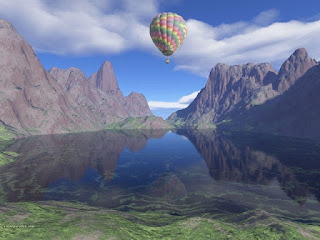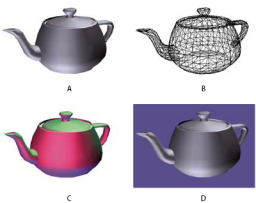What is a 3D Landscape?

A 3D Landscape is a virtual open space with 3D models of various objects such as trees, waterfalls, rocks, etc. There are multiple different pieces of software you can install to your computer that can help you create or generate your very own 3D landscape. A few examples of this could be game engines such as Unreal or Unity. These engines have their own built in environment sculpting tools. Alternative you could use other industry standard software such as Maya, 3D Studio Max or ZBrush.

Creating a landscape, especially within a game, gives the overall look and feel of the game more depth. It shows more detail as well as a professional and clean look.
There are many elements needed within a 3D landscape, as well as some not as important, but also very effective elements.
Flooring: Typically grass, however it could be gravel, sand, mud, snow, water, or any other surface that could cover the ground. It could also be a mixture of these.
Trees: Not a necessity but they add dimension and appeal to the environment, it gives a larger environment a smaller feel. They also make the environments look more detailed.

Buildings: Not necessarily buildings that can be accessed, however buildings give a greater depth and feel the environment. As well as this, buildings can often change a somewhat recognizable space and make it almost iconic to the human eye.
Stones/Rocks/Mountains/Cliffs: Dependent on the environment being portrayed mountains and cliff edges can set a scene apart from all others. More commonly stones and rocks add the little pieces of detail that a landscape often needs.
Creating my own Landscape:
Last week, I made a simple building with basic lighting. This week, I began to add a landscape around it.
Above is the building I started to create previously, around it you can see the grass i added to start sculpting my environment.
Once I was ready to begin sculpting some hills, I selected my brush size.
By dragging my brush I was able to make a series of hills surrounding my building.



















